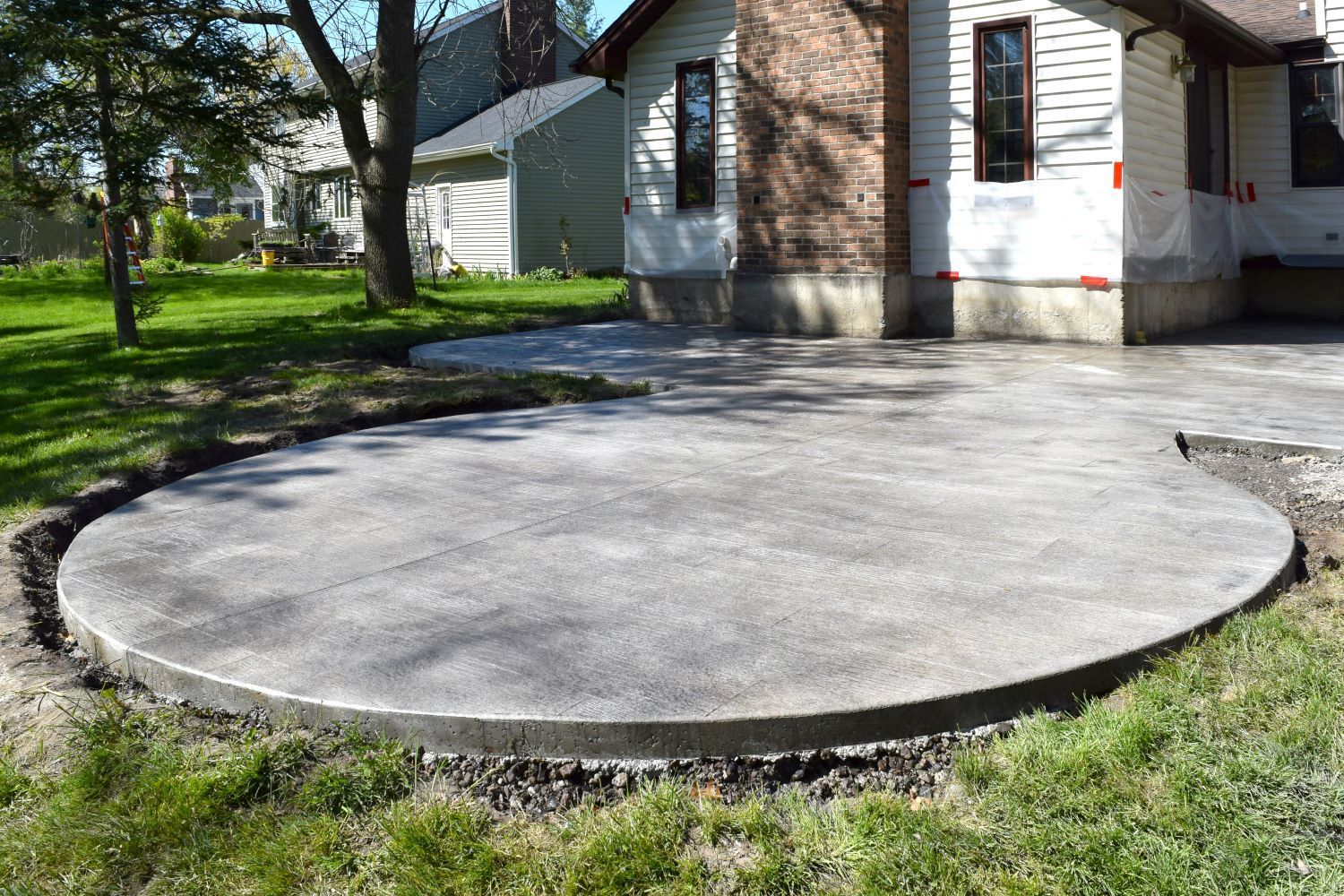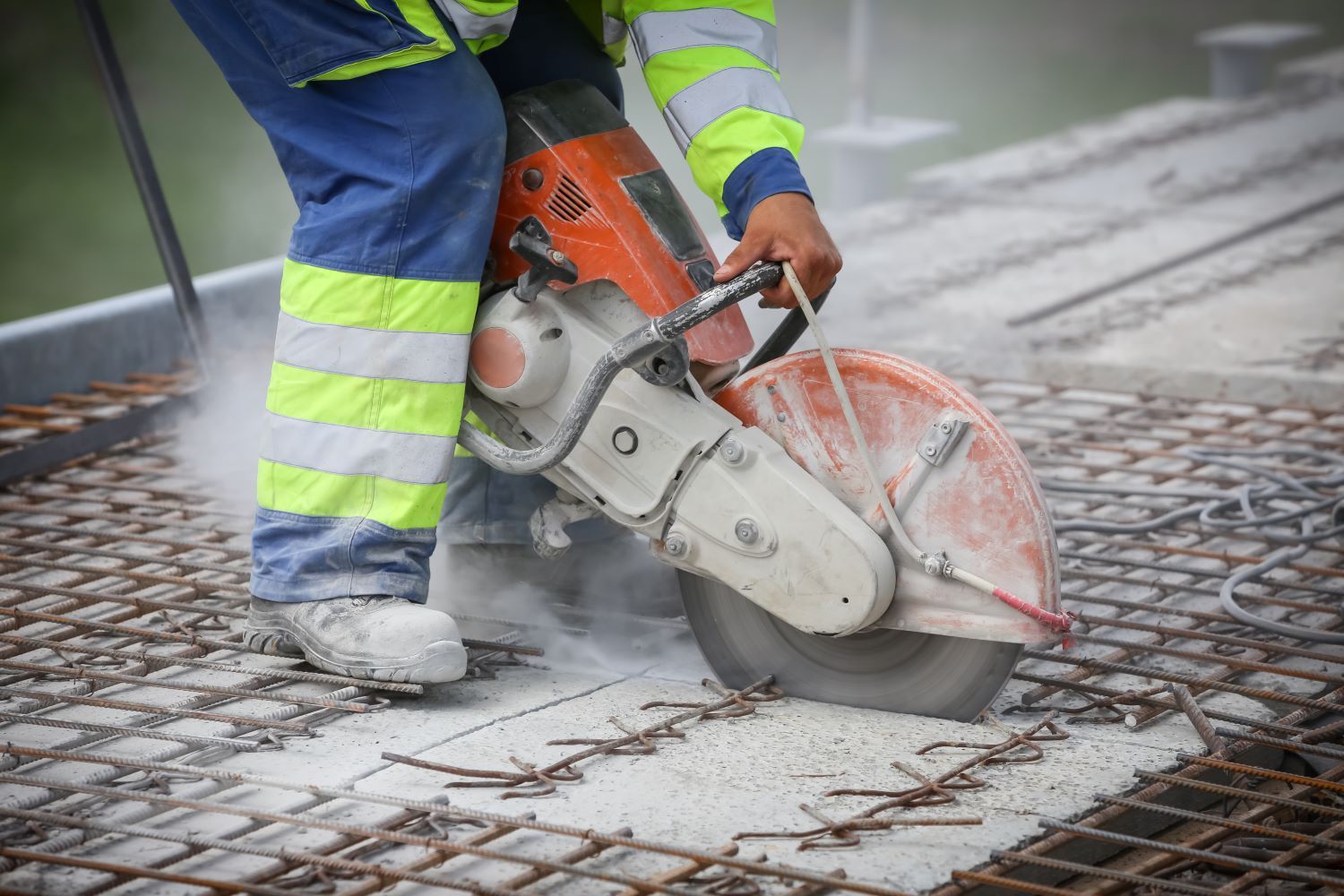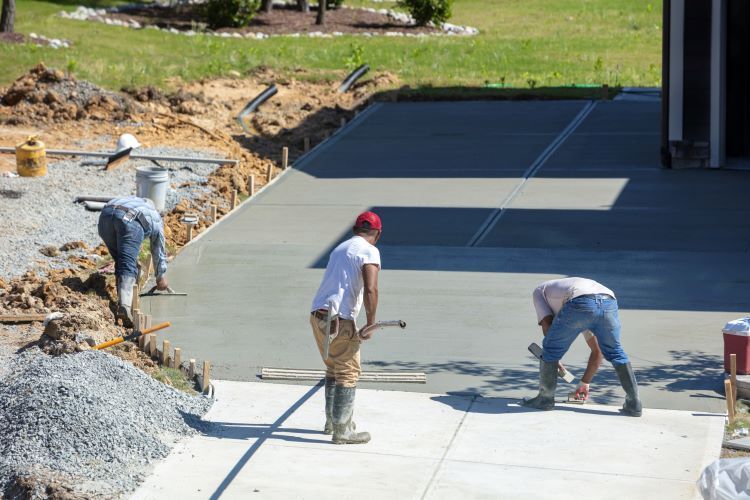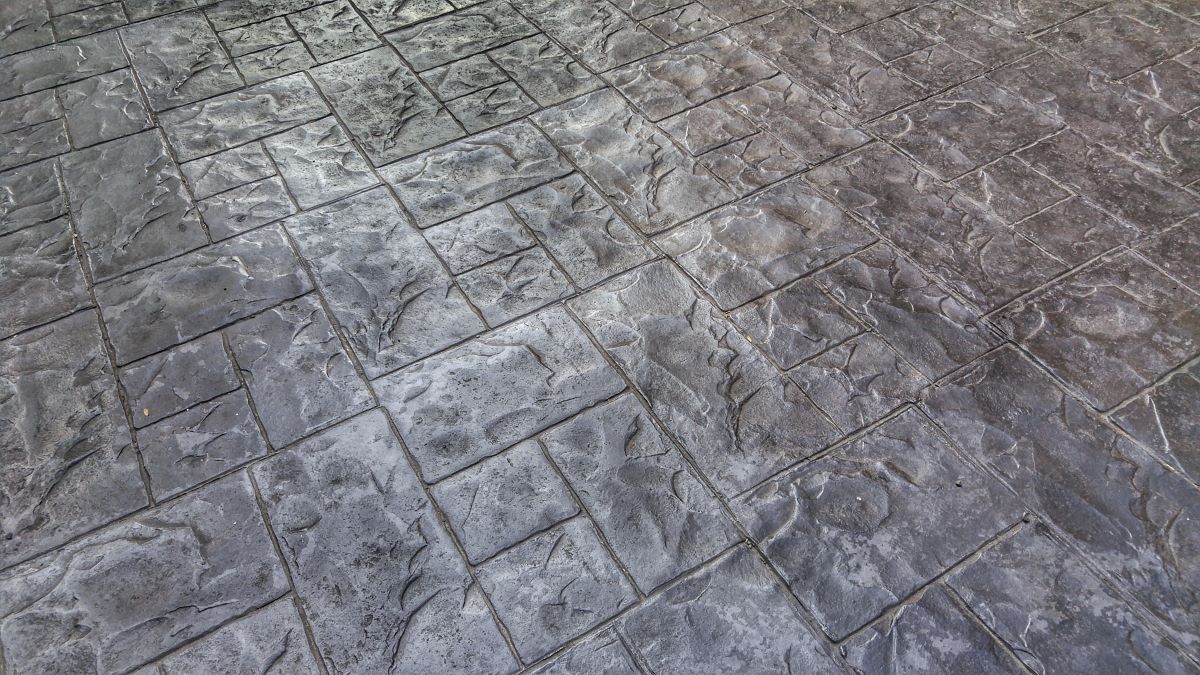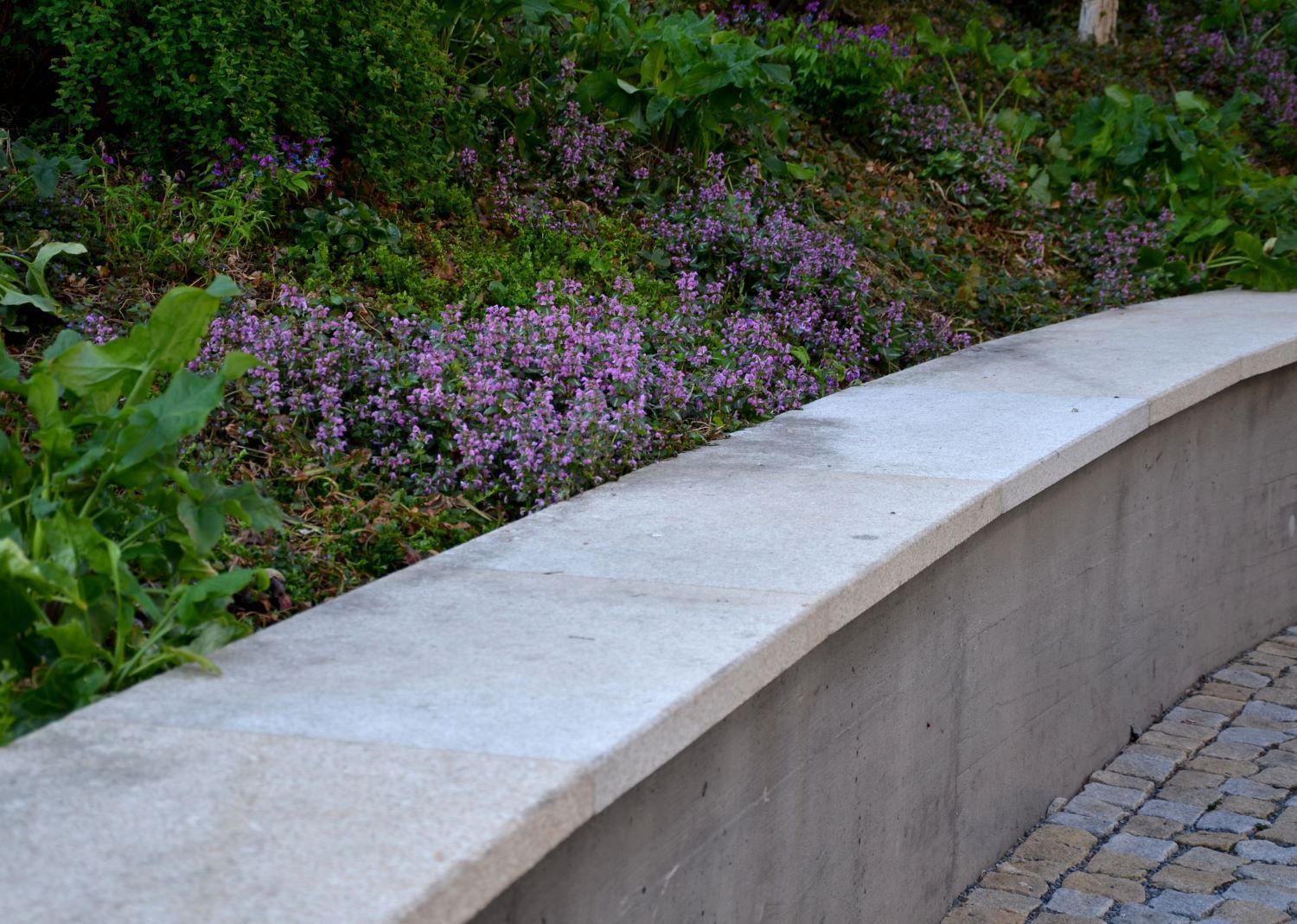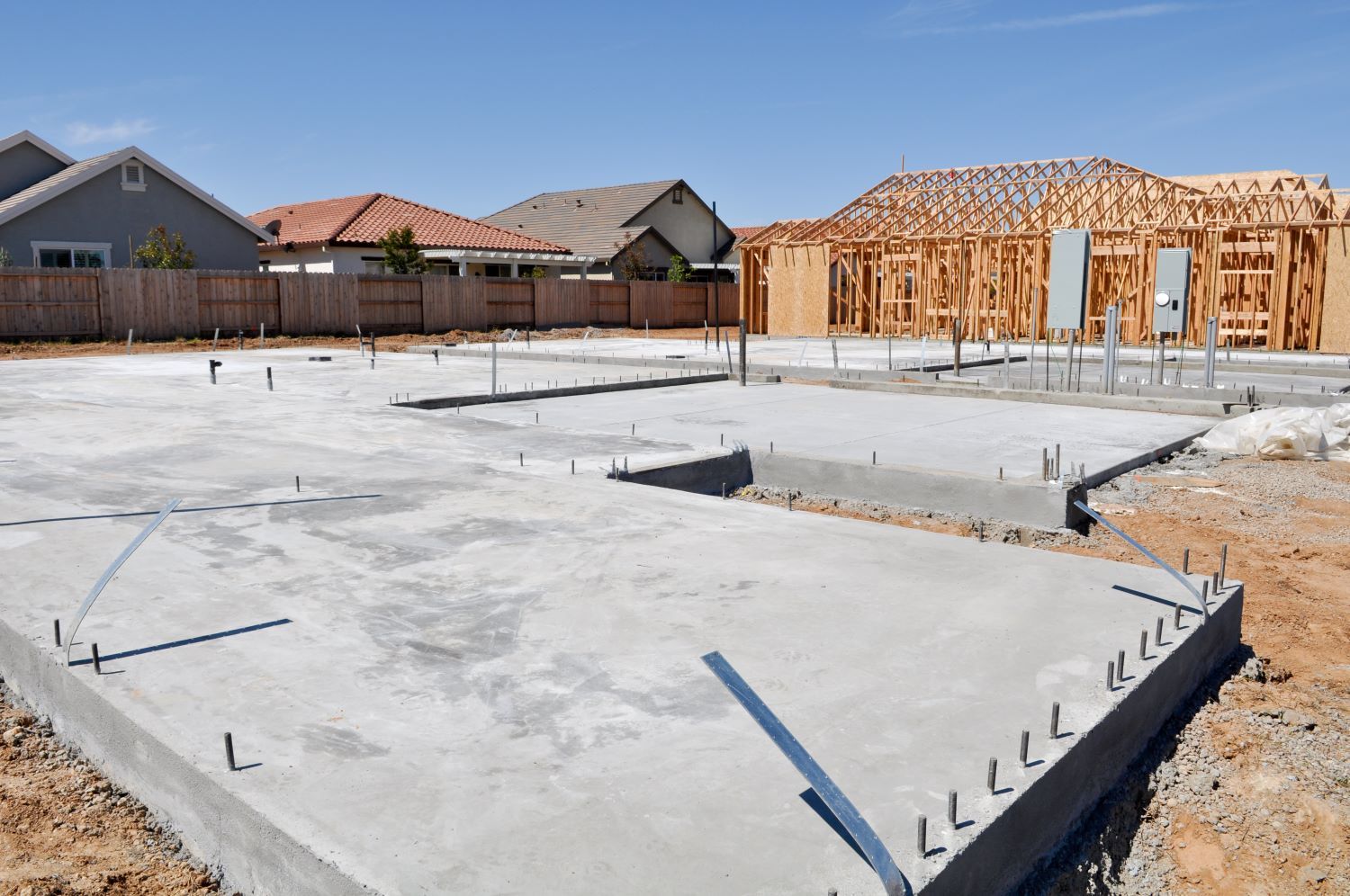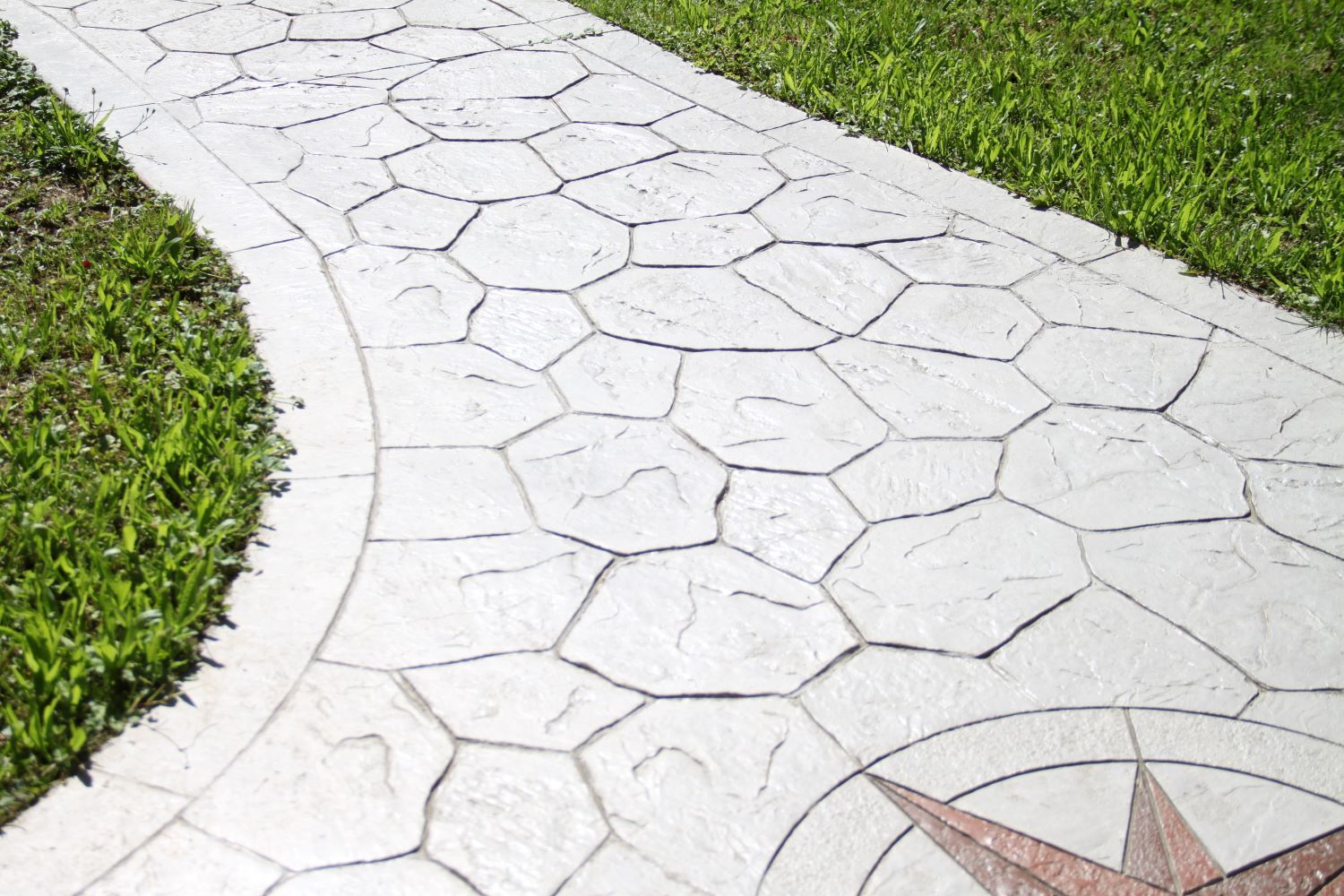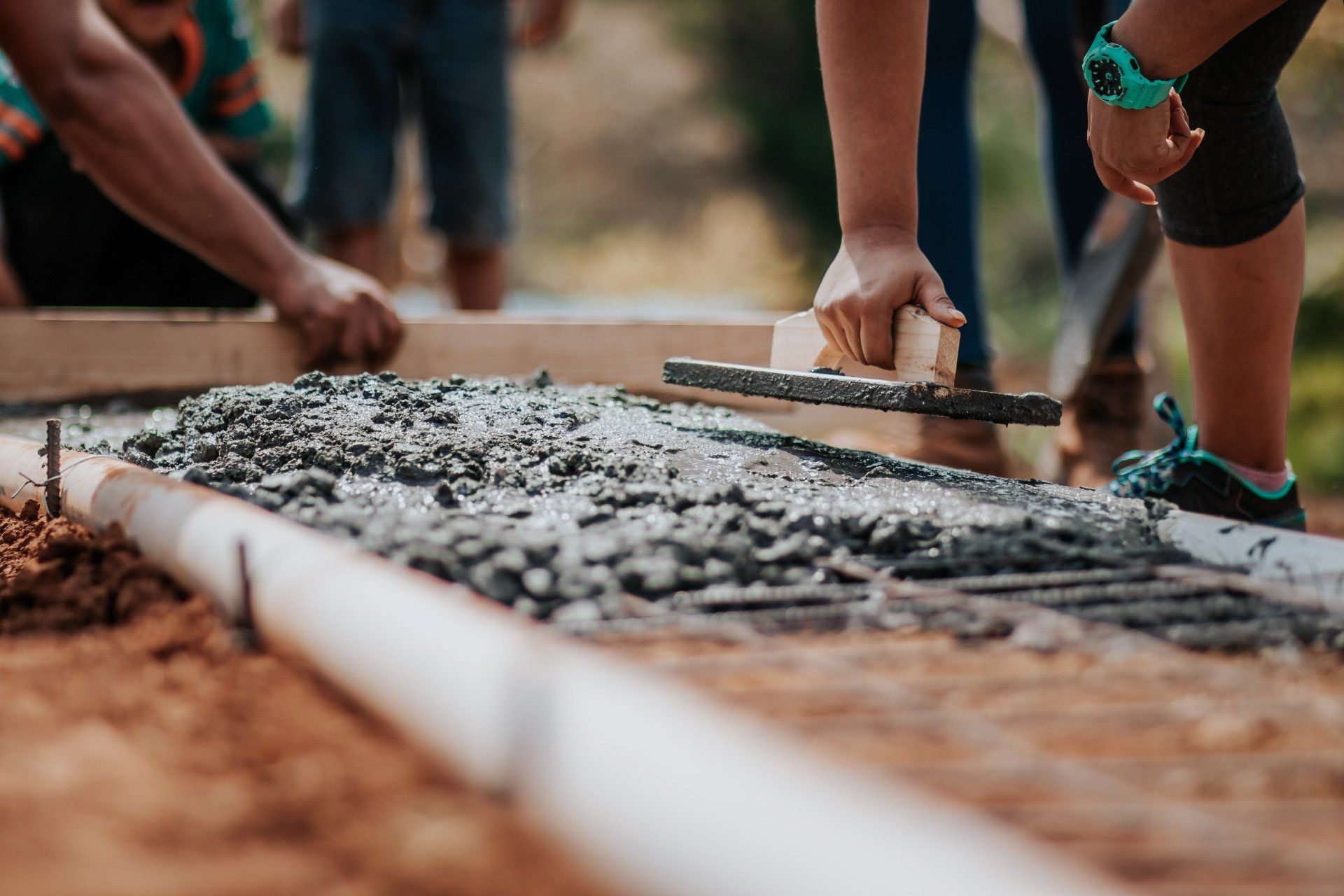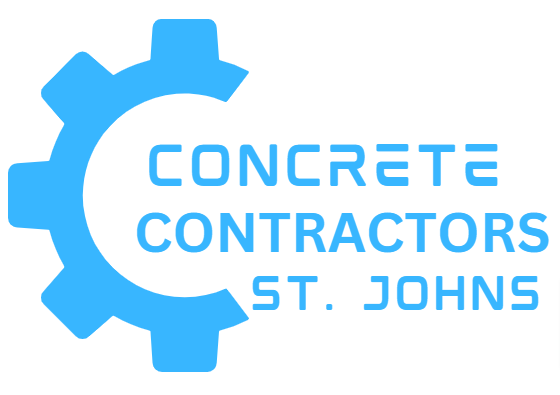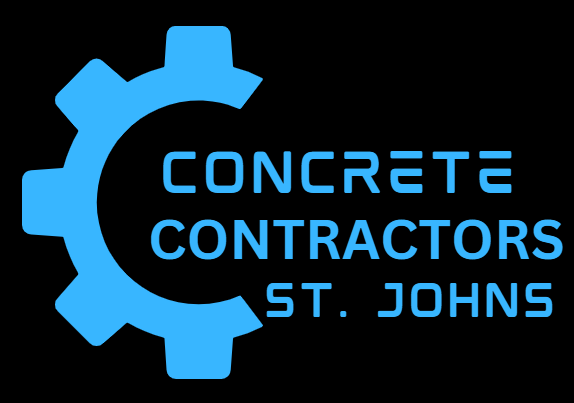Sealing New vs. Old Concrete: Different Approaches
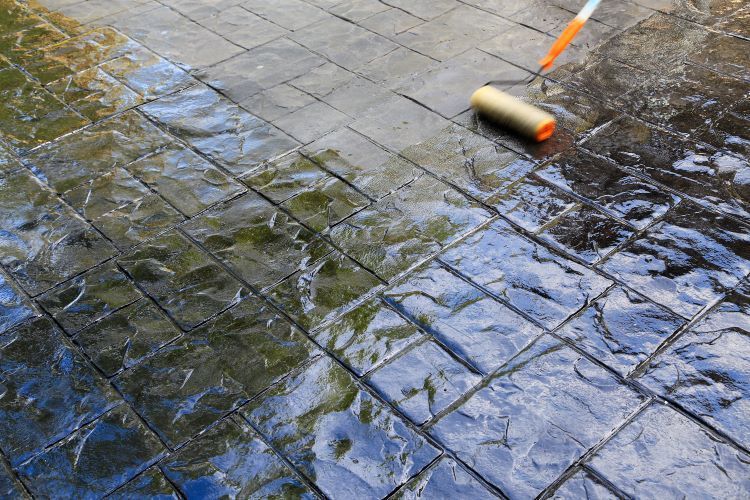
Concrete sealing is a crucial step in protecting and preserving concrete surfaces, whether they are new installations or older structures. At Concrete Contractors St. Johns, we understand that the approach to sealing new concrete differs significantly from sealing old concrete. Each requires specific techniques and considerations to ensure optimal results. Here, we’ll explore the different approaches to sealing new and old concrete and why it’s essential for maintaining the longevity and appearance of your concrete surfaces.
Sealing New Concrete
Timing is Key
The timing of sealing new concrete is critical. Freshly poured concrete needs time to cure properly before it can be sealed. Typically, it is recommended to wait at least 28 days for the concrete to fully cure and reach its optimal strength. Sealing too soon can trap moisture and affect the curing process, leading to potential issues such as bubbling or flaking.
Choosing the Right Sealer
New concrete requires a breathable sealer that allows any remaining moisture to escape while protecting the surface from stains and damage. Penetrating sealers are often the best choice for new concrete as they penetrate the surface and form a chemical barrier within the pores, providing protection from the inside out.
Surface Preparation
Even new concrete needs proper surface preparation before sealing. This includes removing any dust, debris, or curing compounds that might interfere with the sealer’s adhesion. A thorough cleaning with a pressure washer or a concrete cleaner is usually sufficient.
Application Process
When applying sealer to new concrete, it’s essential to follow the manufacturer’s instructions carefully. Typically, this involves applying the sealer evenly using a roller or sprayer in thin coats. Multiple thin coats are better than one thick coat to avoid pooling and ensure even coverage.
Sealing Old Concrete
Assessment and Repairs
Sealing old concrete requires a thorough assessment of the surface condition. Cracks, spalling, and other damage should be repaired before sealing. Neglecting these repairs can lead to further deterioration and reduce the effectiveness of the sealer.
Deep Cleaning
Old concrete surfaces often accumulate dirt, oil stains, and other contaminants over time. A deep cleaning is essential to remove these impurities and ensure the sealer adheres properly. Pressure washing, degreasing agents, and specialized concrete cleaners are commonly used to prepare old concrete for sealing.
Choosing the Right Sealer
For old concrete, the choice of sealer depends on the surface’s condition and the desired outcome. Penetrating sealers are excellent for providing deep protection, while acrylic or epoxy sealers can enhance the appearance and offer a durable surface layer. For decorative concrete, a high-gloss sealer might be preferred to restore its original shine.
Surface Preparation
After cleaning and repairs, it’s crucial to ensure the concrete is completely dry before applying the sealer. Moisture trapped under the sealer can lead to blistering and peeling. Using a moisture meter can help confirm that the concrete is dry enough for sealing.
Application Process
Applying sealer to old concrete follows a similar process to new concrete but may require additional steps, such as applying a primer or etching the surface to improve adhesion. As with new concrete, multiple thin coats are recommended to achieve an even and durable finish.
Benefits of Sealing Concrete
Whether new or old, sealing concrete offers numerous benefits:
- Protection from Stains and Damage: Sealing creates a barrier that prevents oil, chemicals, and other substances from penetrating the concrete and causing stains or damage.
- Enhanced Durability: Sealed concrete is more resistant to abrasion, wear, and weathering, extending the lifespan of the surface.
- Improved Appearance: Sealers can enhance the color and shine of decorative concrete, making it look more attractive and well-maintained.
- Easier Maintenance: Sealed concrete surfaces are easier to clean and maintain, reducing the effort and cost of upkeep.
Conclusion
Sealing concrete is a vital step in protecting and preserving both new and old concrete surfaces. The approach to sealing varies based on the condition and age of the concrete, but the benefits are clear: enhanced durability, improved appearance, and easier maintenance.
At Concrete Contractors St. Johns, we specialize in concrete sealing for all types of surfaces. Contact us today to learn more about our services and how we can help you maintain the beauty and longevity of your concrete.
